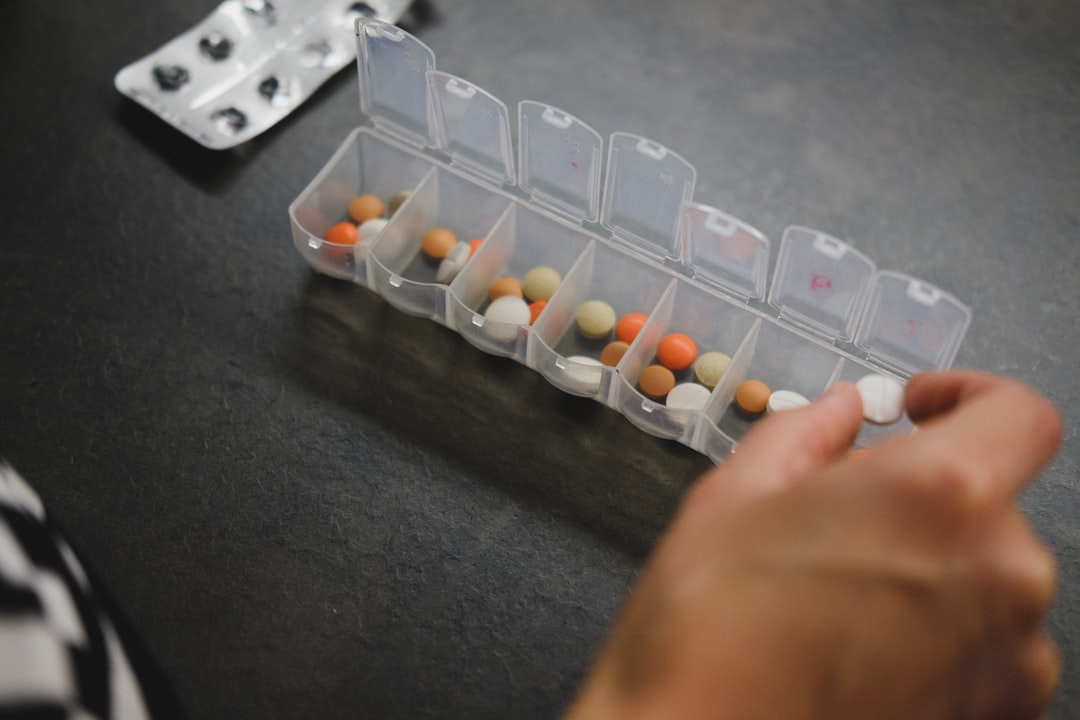What is it about?
Our results at all three centers where thermal control, breast milk feeds, antibiotic and oxygen administration, and good labor room care (including resuscitation of an asphyxiated baby) formed the mainstay of neonatal care, support these recommendations.
Featured Image
Why is it important?
In summary, based on our results, we suggest that in resource-limited settings, the first level health facility may be able to look after short-stay babies that weigh more than 1500 g and that have no respiratory distress. The FRU may look after MLBW babies, with or without respiratory distress, and VLBW babies without respiratory distress by giving special care. Most importantly, this can be performed with low cost and equipment that is easy to maintain. Under-fives mortality can be reduced and, thereby Sustainable Development Goal can be achieved by reducing newborn deaths by adopting this low-cost and low-tech model.
Perspectives
In an era of expensive and hi-tech newborn care, that the poor countries cannot afford, this "multi-centric" study stands out. But are there any advocates and any takers!
Prof Subhashchandra Daga
Pacific Medical College & hospital
Read the Original
This page is a summary of: Enhancing neonatal survival: what can we do today?, Journal of Perinatology, April 2016, Nature,
DOI: 10.1038/jp.2016.51.
You can read the full text:
Contributors
The following have contributed to this page










